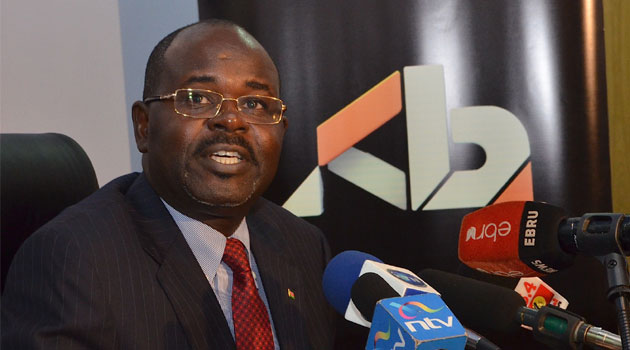Kenya’s banking industry has been placed at a ‘high risk’ category by S&P Global Ratings due to low wealth levels, and a contracting banking sector due to the recently introduced cap on interest rates.
At category ‘9’, Kenya has been placed alongside Tunisia, Turkey, Uzbekistan, Cambodia, Vietnam and Nigeria.
Nigeria is at group ‘10’ under its Banking Industry Country Risk Assessment, which denotes ‘highest risk’.
BICRA has classified the banking sector of Kenya as B+/ Stable/ B for foreign currency and B+/ Stable/ B for local currency.
Despite relatively strong headline GDP growth, Kenyan economy is constrained by low wealth dynamics as reflected in low GDP per capita indicators and infrastructure shortfalls.
“We consider that the banking sector in Kenya has entered a contraction phase,” S&P Global Ratings in its report.
Domestic credit growth reduced sharply in 2016 as the regulator introduced a cap on interest rates in efforts to control lending growth. Credit growth has remained muted with very low growth at 3 per cent in 2017, followed by a mild pickup to about 5 per cent in 2018.
S&P Global Ratings expect this trend will continue as the parliament has decided to keep the interest rate cap on lending rates, despite dropping the minimum rate cap on deposits.
“In addition, we view credit risk in the economy as a key weakness because of the very weak payment culture and rule of law, weak underwriting standards, high degree of credit concentrations, and high level of foreign currency lending,” it added.
Also, it has taken a swipe at Central Bank of Kenya’s capabilities to provide adequate regulatory oversight and monitoring.
Given the ongoing regulatory changes, S&P Global Ratings believe competition could intensify, possibly leading to consolidation as the resilience of mid-and lower-tier banks’ business modeled are being tested by the cap on interest rates and the increase of minimum capital requirements.
RELATED; Kenya’s Sovereign Credit Profile Constrained by High Government Debt and Subdued Revenue




